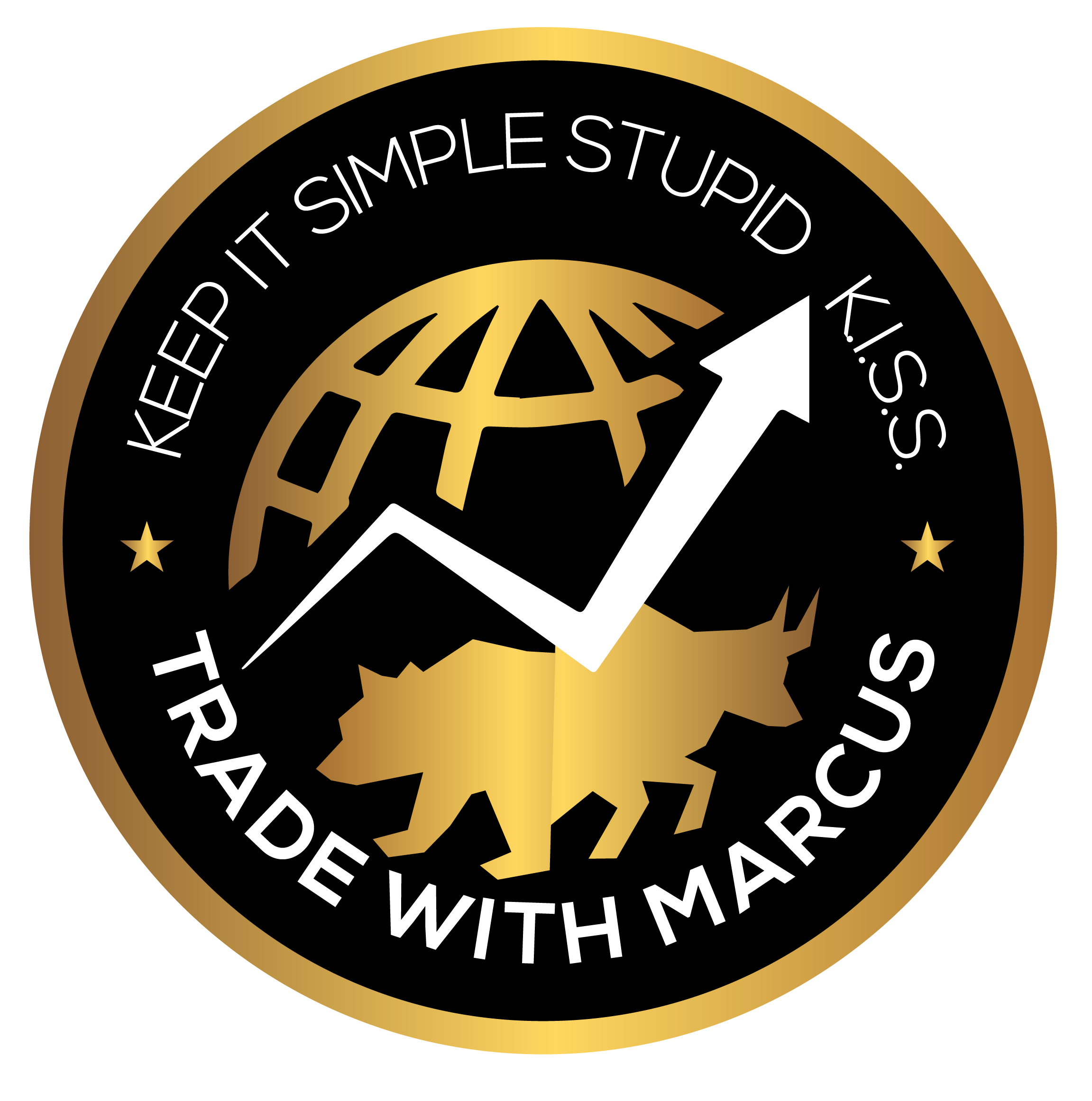Indices represent baskets of stocks that provide insight into the overall performance of specific market segments. As a trader, understanding index trading and its potential benefits can add a valuable dimension to your investment strategy.
In this blog post, we’ll introduce you to some of the world’s top indices, such as the S&P 500, Dow Jones Industrial Average, and NASDAQ Composite. You’ll discover the correlation between indices and the broader economy, as well as how they can be utilized for diversification and risk management.
For traders looking to delve deeper into index trading, [Your Trading Course] offers a comprehensive course that covers various aspects of index trading. From fundamental analysis to technical strategies, this course equips you with the tools and knowledge needed to make informed decisions in the world of indices.
Step into the world of index trading with us and uncover the potential for steady and long-term returns.
Unlocking the Potential of Index Trading: Top Indices and How to Trade Them
Index trading offers a unique opportunity for investors to gain exposure to the overall performance of specific market segments. In this blog post, we’ll introduce you to some of the world’s top indices, such as the S&P 500, Dow Jones Industrial Average, and NASDAQ Composite. You’ll discover the correlation between indices and the broader economy, as well as how they can be utilized for diversification and risk management.
Understanding Stock Market Indices
A stock market index is a basket of selected stocks that represent a particular segment of the market. Indices act as indicators of the overall health and performance of a specific industry, sector, or the entire market. Investors and traders often use indices as benchmarks to measure their own portfolio performance against the broader market.
Top Indices and Their Significance
- S&P 500: The S&P 500, maintained by Standard & Poor’s, is one of the most widely followed indices globally. It comprises the 500 largest publicly traded companies in the United States, representing various sectors of the economy. Due to its diverse composition, the S&P 500 is often considered a reliable indicator of the overall health of the U.S. economy.
- Dow Jones Industrial Average (DJIA): The DJIA is one of the oldest and most recognizable indices. It consists of 30 major companies from various industries, reflecting a cross-section of the U.S. economy. The DJIA’s price-weighted methodology gives more weight to higher-priced stocks, making it unique compared to other indices.
- NASDAQ Composite: The NASDAQ Composite includes all the companies listed on the NASDAQ stock exchange, making it heavily technology-oriented. It is known for its representation of many well-known tech giants, and therefore, it is often considered a leading indicator for the technology sector’s performance.
Correlation Between Indices and the Broader Economy
Indices are closely tied to economic conditions. In a growing economy, companies tend to perform well, which results in higher stock prices, leading to an upward movement in the corresponding index. Conversely, during economic downturns, companies may struggle, leading to a decline in the index.
Understanding the correlation between indices and the broader economy can help traders and investors make informed decisions. By keeping an eye on economic indicators and trends, you can position your trades accordingly.
Utilizing Indices for Diversification and Risk Management
One of the key advantages of index trading is diversification. Since indices consist of multiple stocks, they offer a more diversified investment option than individual stocks. This diversification can help reduce the impact of any single company’s poor performance on your overall portfolio.
Additionally, indices provide an avenue for risk management. Instead of investing in individual stocks, which can be riskier due to company-specific factors, investing in indices allows you to spread your risk across multiple companies and sectors.
Conclusion
Index trading offers an excellent opportunity to gain exposure to the broader market, understand economic trends, and diversify your investment portfolio. As you explore the S&P 500, Dow Jones Industrial Average, NASDAQ Composite, and other indices, keep in mind their significance as indicators of economic health and performance.
For those eager to delve deeper into index trading, [Your Trading Course] offers a comprehensive course that covers various aspects of index trading. From fundamental analysis to technical strategies, this course equips you with the tools and knowledge needed to make informed decisions in the world of indices.
Unlock the potential of index trading and use these invaluable tools to enhance your trading and investment journey. Remember to maintain a disciplined approach and combine indices with your overall trading strategy for optimal results.
Happy trading, and may you find success in navigating the dynamic world of index trading!
